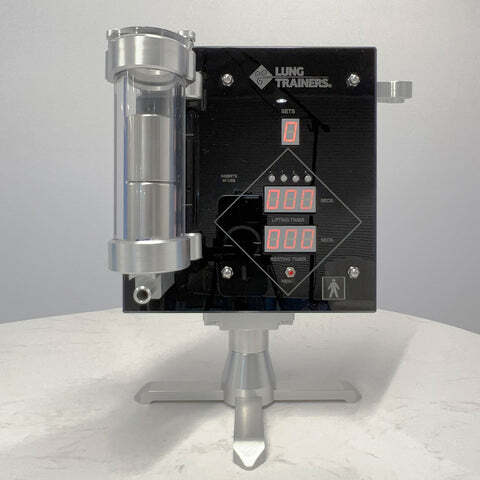Harmony of Breath: Essential Breathing Exercises for Musicians
Body
Introduction:
Music and breath share an intricate connection, and for musicians, mastering the art of controlled breathing is a fundamental aspect of their craft. Proper breathing techniques not only enhance musical performance but also contribute to overall well-being, helping musicians manage stress and maintain stamina during long rehearsals and performances.
In this article, we will explore essential breathing exercises tailored to musicians, providing a harmonious blend of technique and artistry.
- Diaphragmatic Breathing: Diaphragmatic breathing, also known as deep belly breathing, is a foundational exercise for musicians. It involves engaging the diaphragm to draw air deeply into the lungs. To practice diaphragmatic breathing, sit or stand comfortably, place a hand on your abdomen, and inhale slowly through your nose, allowing your belly to expand. Exhale gently through pursed lips, feeling your abdomen contract. This technique optimizes lung capacity trainer and promotes a steady, controlled airflow.
- Breath Control Exercises: Musicians often face the challenge of sustaining long phrases or notes. Breath control exercises help improve stamina and enhance the ability to play or sing extended passages without interruption. Practice inhaling deeply and exhaling slowly, gradually extending the duration of both inhalation and exhalation. This builds respiratory endurance, a crucial skill for musicians across various genres.
- Segmented Breathing: Musicians often encounter passages requiring continuous breath support. Segmented breathing involves dividing a long musical phrase into smaller segments, identifying strategic points to inhale without disrupting the overall flow. This technique ensures consistent breath support throughout the performance, preventing fatigue and maintaining musical expression.
- Alternate Nostril Breathing: Derived from yogic traditions, alternate nostril breathing is a technique that promotes balance and focus. Sit comfortably, use your thumb to close one nostril, inhale deeply through the other nostril, then close that nostril with your pinky finger and exhale through the opposite nostril. Repeat, alternating nostrils. This exercise enhances concentration and can be particularly beneficial for musicians preparing for a performance.
- Breath Awareness Meditation: Mindful breath awareness meditation is a powerful practice for musicians seeking mental clarity and relaxation. Find a quiet space, sit comfortably, and focus your attention on the natural rhythm of your breath. As thoughts arise, gently redirect your focus to your breath. This practice enhances overall mindfulness and helps breathing exercises for musicians cultivate a centered and present mindset before performances.
- Dynamic Breath Support Exercises: Musicians often encounter dynamic changes in music that require varying levels of breath support. Dynamic breath support exercises involve adjusting the intensity and depth of your breath based on the musical context. Practice crescendos and decrescendos in your breathing to match the dynamic nuances in the music, refining your ability to expressively shape phrases.
Conclusion:
Breathing exercises for musicians are not merely technical drills; they are a means to unlock the full expressive potential of music. Incorporating these exercises into daily practice routines can lead to enhanced breath control, increased stamina, and improved overall performance. As musicians embark on this journey of breath mastery, they not only refine their technical skills but also cultivate a profound connection between their breath and the melodies they create, resulting in performances that resonate on a deeply artistic level.
Source URL :- https://sites.google.com/view/lungtrainer-0/home











Comments